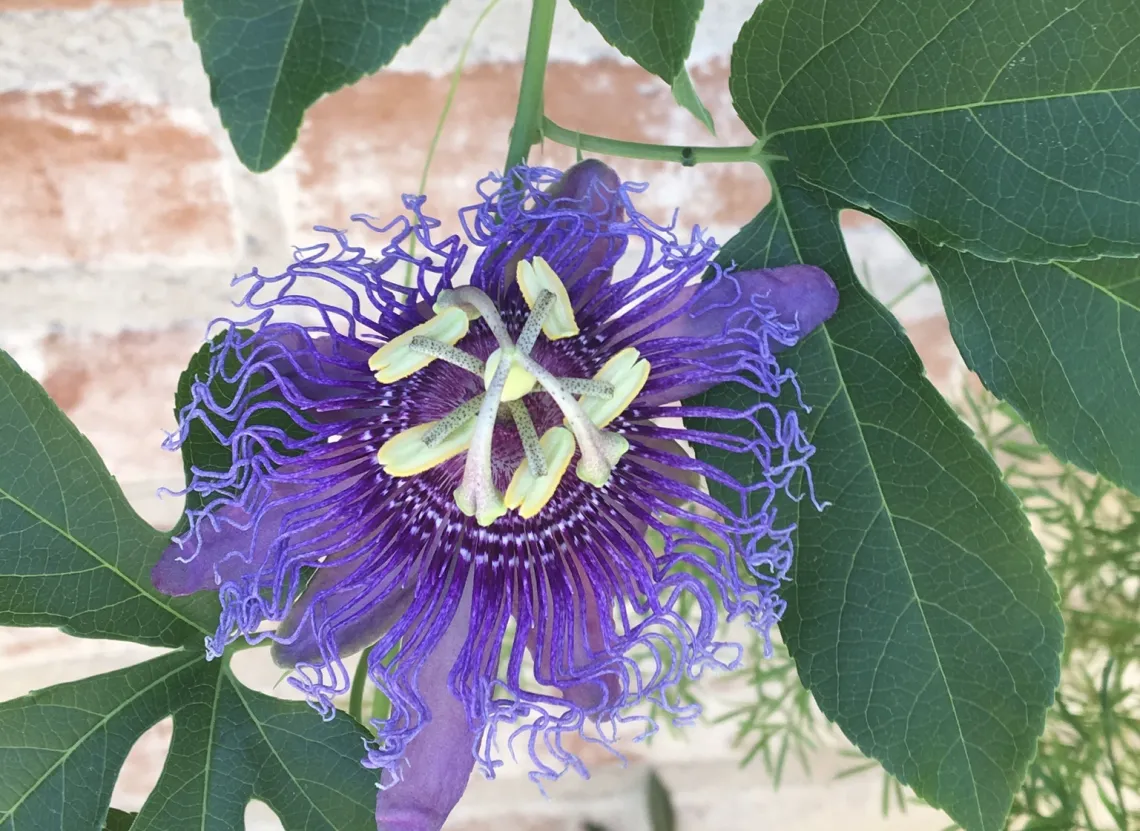CyVerse Supports the Herbaria Community
Images remain accessible as CyVerse moves to Imaginary image processing and delivery

T. Lee
Herbaria are “catnip” for taxonomists, phenologists, systematists, evolutionary biologists, and others, representing “a rich resource providing the baseline from which to further biodiversity research and critical information about existing gaps in our knowledge of life on earth.” (NSF 15-576).
Herbarium collections may conjure up images of old, yellowed cardboard sheets of dried pressed plants buried in some academic basement but thanks to the National Science Foundation’s Advancing Digitization of Biodiversity Collections (ADBC) program, many collections are being transformed to digital formats and now comprise vast numbers of high quality color images (photographs) of plants and plant parts at all life stages that have been meticulously documented with metadata. Well-known herbarium consortia, such as Southeast Regional Network of Expertise and Collections (SERNEC), New England Vascular Plants (NEVP), California Phenology Thematic Collections Network (CAP TCN), Mississippi State University Herbarium (MSUH) and Pteridophyte Collections Consortium Thematic Collections Network (PCC TCN) are participating in the ADBC program, ensuring their collections remain “a sizable existing national investment in curation of the physical objects in scientific collections [that] contributes vitally to scientific research and technology interests in the United States.”
As CyVerse continues its path towards sustainability with changes like subscriptions and paid storage, the platform’s BisQue image analysis service is being replaced with Imaginary, a fast, simple, open source service for high-level image processing. Knowing this change would require some backend development work on their collections, members of herbarium consortia like SERNEC moved their image collections from CyVerse to repositories at Arizona State University (ASU), while some, like the Mississippi State University Herbarium (MSUH), elected to stay in CyVerse.

CyVerse Data Engineer Tony Edgin and 2024 CyVerse graduate intern Urvika G.
“As CyVerse transitions to non-NSF funding sources,” said CyVerse PI Nirav Merchant, “we understand our role as data stewards and strive to ensure continuity of services for our community.” Knowing how important it is for research communities like MSUH to maintain its relationship with other herbaria networks, CyVerse Data Engineer Tony Edgin worked with Dr. Ryan Folk, MSUH’s Director, and staff at SERNEC and Symbiota, to find and adapt a URL template so that MSUH could map their existing images to their new locations in CyVerse, ensuring the images remain accessible to the public after CyVerse removes its BisQue service.
Edgin also helped with the effort to adapt or replace the CyVerse image process profile used for registering images with the SERNEC portal. “The mapping of old BisQue URLs to new Imaginary URLs in CyVerse so that the SERNEC Symbiota portal could still retrieve them without interruption of service was a coding challenge and collaborative effort with MSUH, SERNEC and ASU. But it is essential for the success of the NSF’s ADBC effort to maintain interoperability when working with published datasets like digitized herbarium collections,” noted Edgin.

